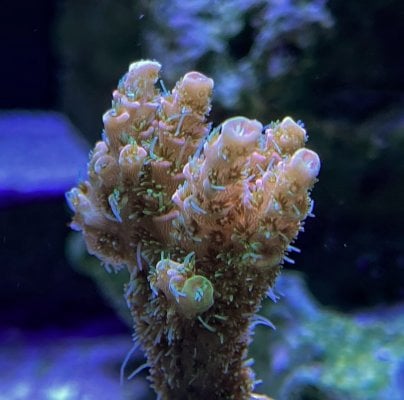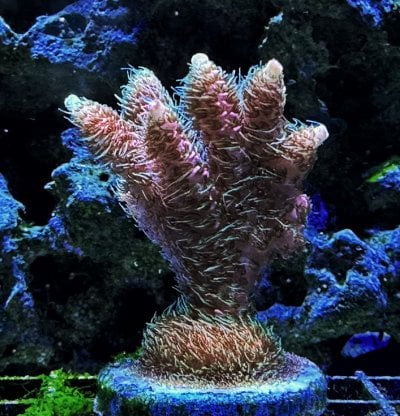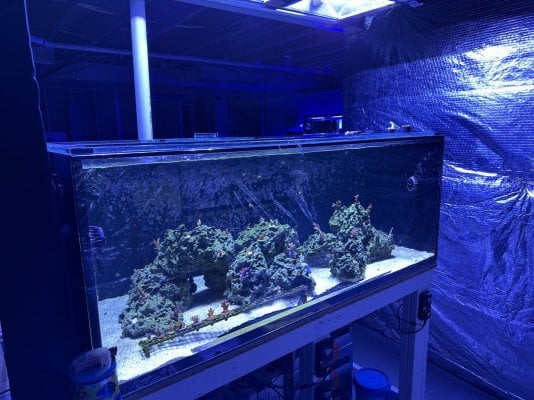How tall is your tank, how high of the tank are your light mounted? Mine is only 15 inches deep, and lights ate 10' from water as i said. "I usually run WWC at 70% with 6 hrs of t5". Only lowered since sps seemed stressed
Been Using AF for last 4 months.
Its just a saying, i wouldn't do that. I am by no means a noob to the hobby nor sps. I have been doing this for 15 yrs. However never ever have i had so many issues.
what did you use before AF and why did you switch over?





















